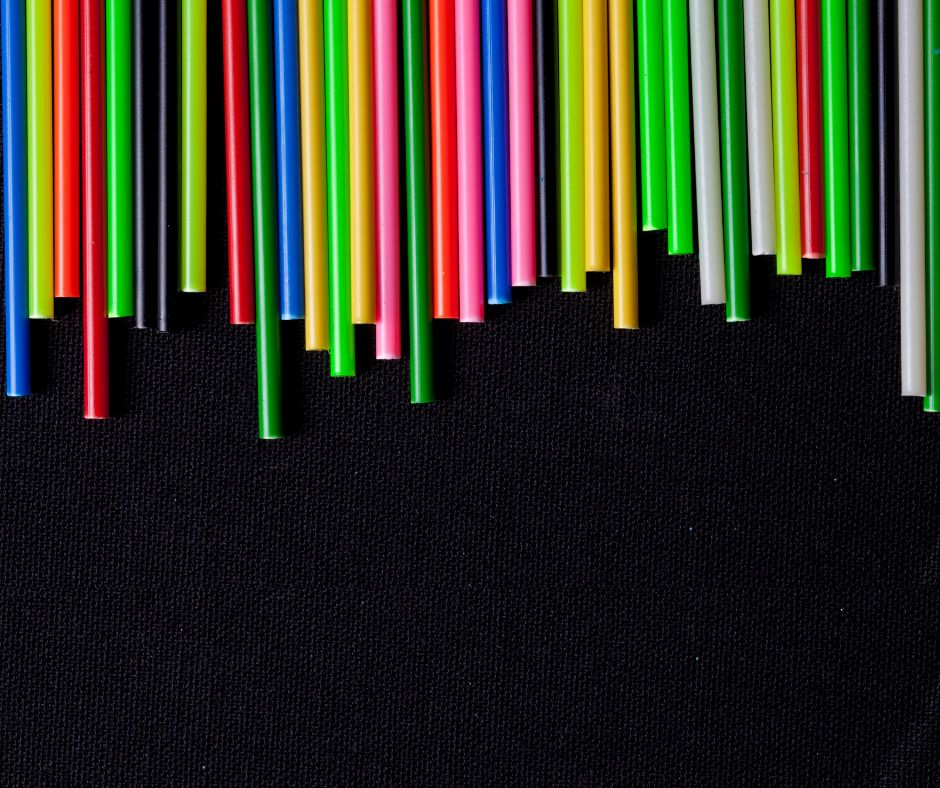In the realm of 3D printing, the choice of filament material can significantly impact the quality, durability, and functionality of the final printed object. Among the plethora of options available, PLA, PETG, and ASA stand out as popular choices due to their unique properties and applications. In this blog, we'll delve into the differences and similarities between these three widely-used 3D printing filaments.
- PLA (Polylactic Acid): PLA is perhaps the most commonly used filament in the world of 3D printing, known for its ease of use, low cost, and environmental friendliness. Here are some key characteristics of PLA:
- Biodegradable and derived from renewable resources such as corn starch or sugarcane.
- Easy to print with due to its low printing temperature requirement, typically ranging from 180°C to 220°C.
- Minimal warping and odor during printing, making it suitable for beginners.
- Produces glossy and smooth surface finishes, ideal for aesthetic prints or prototypes.
- However, PLA is not recommended for outdoor use or high-temperature applications as it can deform under heat.
- PETG (Polyethylene Terephthalate Glycol-Modified): PETG has gained popularity in recent years as a versatile filament with enhanced durability and temperature resistance compared to PLA. Here are its main features:
- Offers higher strength, toughness, and impact resistance compared to PLA, making it suitable for functional parts and mechanical components.
- Exhibits excellent layer adhesion and reduced shrinkage during printing, resulting in fewer warping issues.
- Withstands higher temperatures ranging from 220°C to 250°C, allowing for increased versatility in applications.
- Transparent or translucent variants available, suitable for light-transmitting or see-through objects.
- PETG is also recyclable, adding to its sustainability credentials.
- ASA (Acrylonitrile Styrene Acrylate): ASA is a thermoplastic filament known for its exceptional weather resistance and UV stability, making it ideal for outdoor applications. Let's explore its characteristics:
- Offers similar mechanical properties to ABS (Acrylonitrile Butadiene Styrene) but with superior weather resistance, making it suitable for outdoor signage, automotive parts, or functional prototypes.
- Resistant to yellowing or degradation when exposed to sunlight, ensuring long-term stability of printed objects.
- Requires higher printing temperatures ranging from 230°C to 260°C and a heated bed (80°C to 100°C) to minimize warping and achieve optimal adhesion.
- Provides excellent surface finish and detail resolution, comparable to ABS, with minimal risk of warping or cracking.
In summary, PLA, PETG, and ASA filaments each offer unique advantages and applications in the world of 3D printing. While PLA excels in ease of use and environmental friendliness, PETG offers enhanced durability and versatility, and ASA provides superior weather resistance for outdoor use. Understanding the differences and similarities between these filaments empowers 3D printing enthusiasts and professionals to choose the most suitable material for their specific projects and requirements. Whether it's prototyping, functional parts, or artistic creations, the right filament choice can elevate the quality and performance of your 3D printed objects.
***These are standard and there are sometimes differences in brands. Please look into the brand you are using for the specific information***
Want to purchase filament? Click Here
Want to check out our website? Click Here
Thank you for checking out our blog!
Happy Printing!!!

